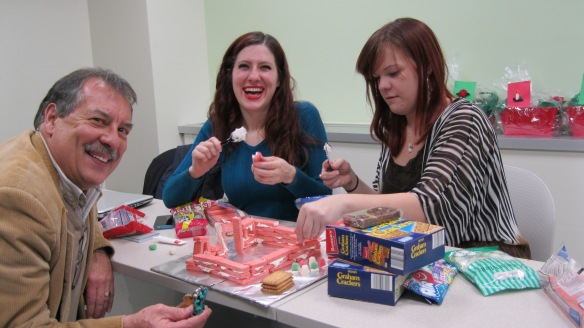From the desk of Dr. M.J. Rymsza-Pawlowska:
This past week I had the opportunity to attend the annual meeting of the American Historical Association in New York City. Conferences are always great fun: you get to visit another city, catch up with friends and colleagues from all over the country, and peruse the newest offerings from the academic presses at the book fair.
But most importantly, the annual meeting is a lens on the state of the field—new perspectives, new approaches, and new topics, all of which inform and shape my work as a teacher, a researcher, and a professional historian. This year’s conference theme was “History and the Other Disciplines,” a topic that is extremely important to my own work as a cultural historian and interdisciplinary humanities scholar. I had the opportunity to attend panels on several interesting topics: history museums, media history, and digital scholarship.
I also organized and presented on a roundtable on history pedagogy entitled “Making History “Popular”: Challenges and Opportunities in the College Classroom.” We had a fantastic group–Kathleen Casey of Virginia Wesleyan College discussed her experiences teaching the history of leisure, while Charles Baraw of Southern Connecticut State University explained his interdisciplinary approach to teaching comics. Polly Beals, also of SCSU provided commentary and moderation.
My own paper was about my teaching here at Eastern, in HIS2020: U.S. History, 1877-present, in which I use popular culture to help students think about the relationships between historical developments in social, political, economic, and cultural spheres, and about the “work” of history in general. This approach closely reflects my research interests in popular culture, in the course of the class, we examine and discuss such topics as world’s fairs, television, the birth of advertising, and fashion, as a way of looking at and evaluating other changes during the period. I greatly enjoy teaching this class, and had a wonderful time reflecting on some of my classroom experiences, as well as comparing approaches and ideas with my co-panelists and with the audience. The panel was written up in Inside Higher Ed, so you can read more about it here.
I’m already looking forward to the Spring semester, and to incorporating many of the topics and ideas that were introduced on my panel and others into this semester’s courses!




